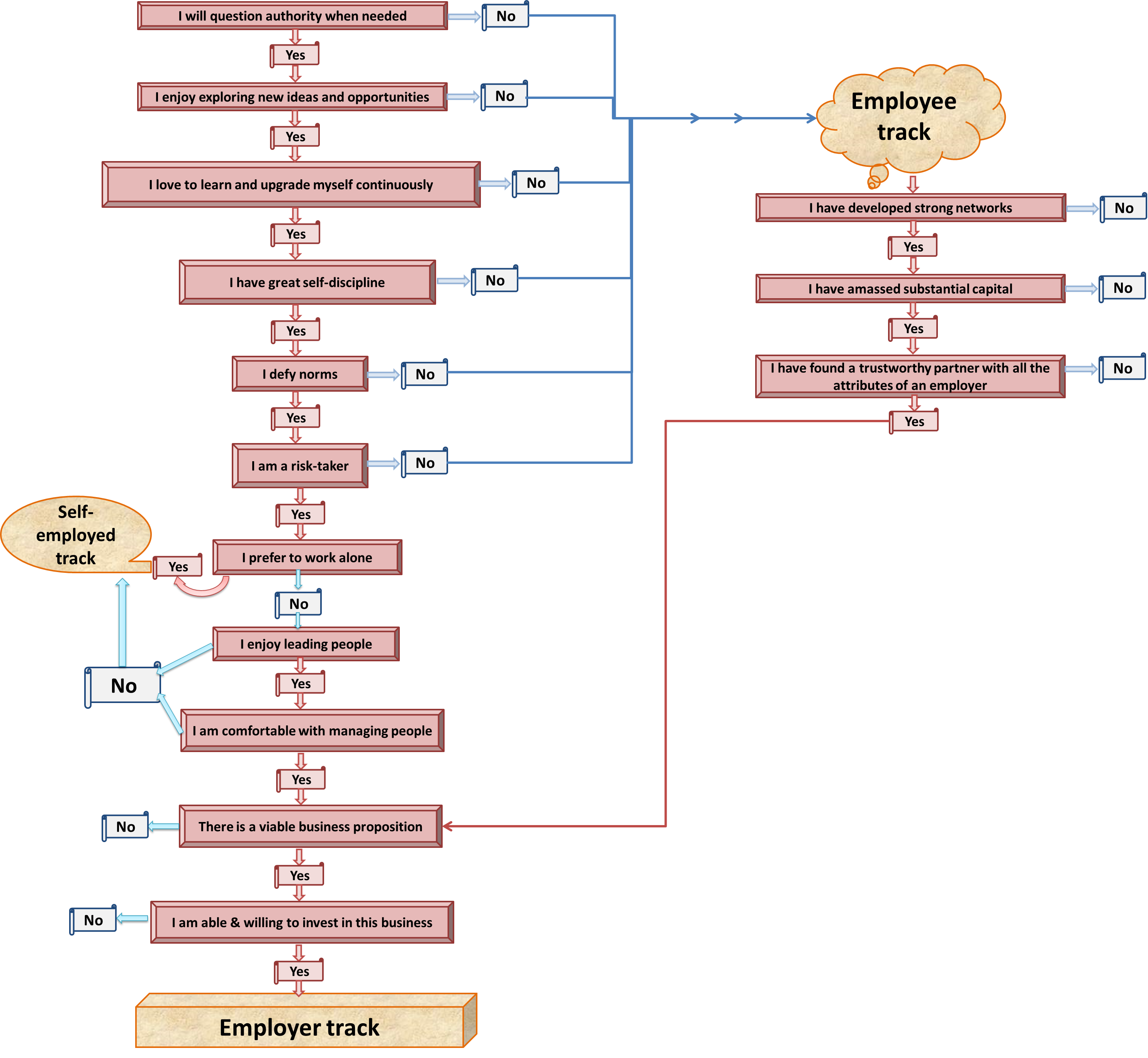Operating a business can be attractive to individuals with a drive to succeed. However, entrepreneurship is not for everyone. Before take the leap, you should consider the differences between being an employee and an employer.
Let us start with the sense of freedom and independence.
FREEDOM
One of the main reasons why employers open their business is the flexibility of time for family, hobbies, and other activities. They do not have to worry about the possibility of their leaves getting rejected as they hold their time. Enjoying a vacation this weekend without worries in the world sounds tempting!
On the other hand, employees need to abide by the rules or terms set by the company. There is a set work schedule and leave count.
PROFITS AND PAY
It comes as no surprise that the profits gained by the business eventually makes its way to the entrepreneur’s bank account. Parts of the profits can be indulged by the employees through their salaries and bonuses. Some organizations give incentives for their most industrious employees. Consider asking the HR department about it.
In terms of pay consistency, employees receive regular paychecks that entrepreneurs do not. You know how much to expect at the end of the month as an employee. While entrepreneur’s income may vary from month to month or year to year. There is a level of uncertainty for one’s financial future.
RESPONSIBILITIES
Great power comes with grave responsibility. The role of the employers is to protect the health and welfare of its employees. They must create a conducive work environment by providing benefits that will cover their needs. For instance, they can provide healthcare coverage for the employees and their families. This health incentive may improve the productivity of the employees.
The role of the employee is to obey the sensible orders of the employer as stated in the contract of employment. The employee must be responsible and loyal whenever he or she carries out his or her duties. Lastly, the employee must keep sensitive information confidential during his or her time of service.
RESOURCES
Building a business requires an access to a financial capital or other investors. You may need to shell out your savings and earnings not only in the beginning of the business, but also throughout its run.
Owning a business can either eat away your finances or grow it like a flowing cash stream. Are you open to take that risk? This creates a higher entry barrier between becoming an entrepreneur and an employee.
AUTHORITY
Who makes the shots? The employer, or course. The employer has more authority than the employee. He or she controls and monitors what the employee does and how they do it. The authority of the employee can be displayed with the employees who have lower ranks.

Image Credits: pixabay.com
The employer also has the authority of terminating the employment contract as justified by the company’s policies. Imagine having that much control and authority over others! If you cannot then, entrepreneurship is not for you.




